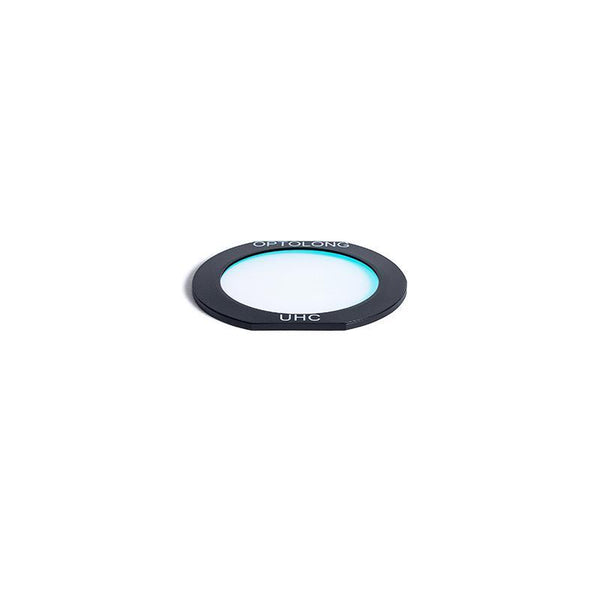
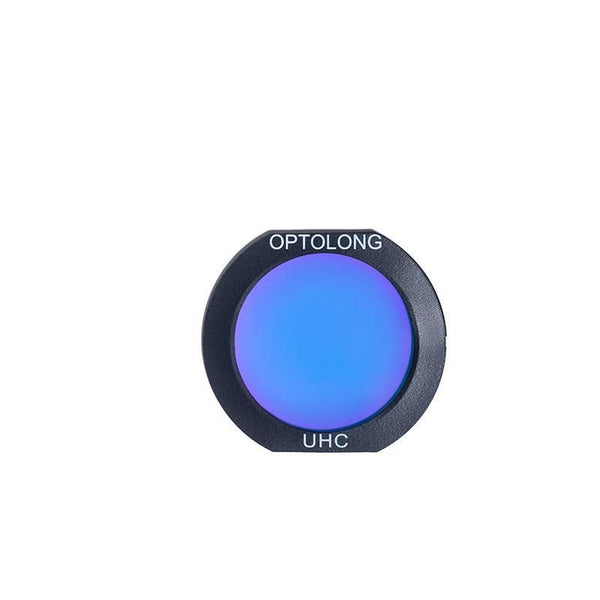
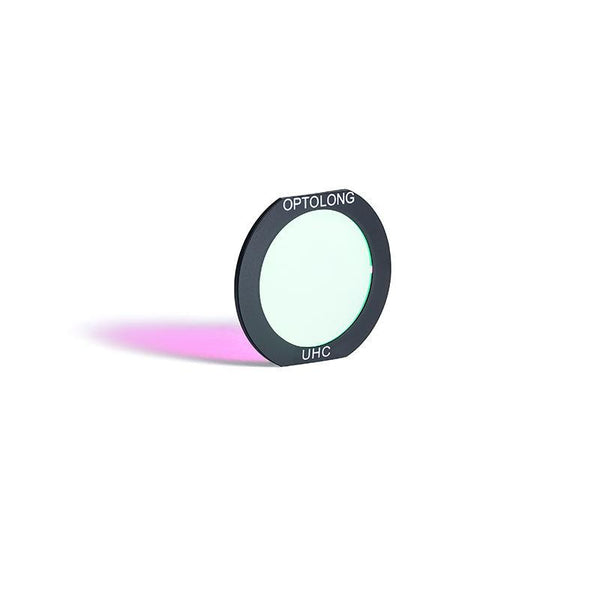
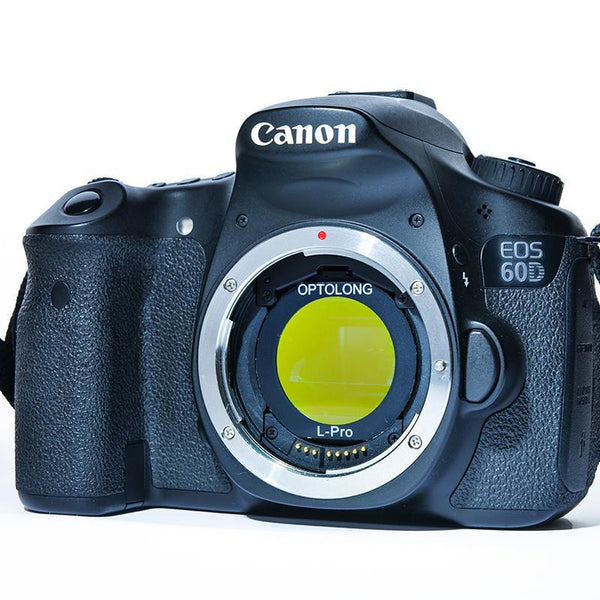




Why Purchase from All-Star Telescope?
Free Expert Support
Whether you are a first timer needing help with setting up or an enthusiast that can't quite make that one thing work, our expert staff are ready to support your needs. With decades of knowledge and first hand experience we've been there and we can help you through it!
Stress Free, Secure Transactions
You can trust purchasing and delivery with All-Star Telescope. All of our transactions are 100% secure and Level 1 PCI DSS compliant thanks to Shopify's ShopPay platform. For additional protection, we insure 100% of the value of every shipment we make. If it get's lost during shipment, we replace it. If it gets damaged during shipment, we replace it. We make sure your product arrives exactly as you would expect it to; we promise.
We also ensure privacy protection. We never keep any of your credit card information on file and any of your personal data is stored according to our policies.
30 Day Return Policy
Buy with confidence knowing that we accept returns up to 30 days after purchase. We want you to have something you will actually use and we are confident that we keep good quality products in our store with No Junk.
Price Match Promise
Shipping around for the best price is tough, we make it easier by offering the best pricing in the market. But if you find a better price on an in-store item somewhere else we will match it!
Description du produit
The UHC (Ultra High Contrast) broadband filter is designed to improve the visibility of various deepsky objects. By selectively reducing the transmission of wavelengths of light pollutants, specifically those produced by artificial lightings including mercury vapor lamps, both high & low pressure sodium vapor lights and the unwanted natural light caused by neutral oxygen emission in our atmosphere (i.e. skyglow). Together with the highly transparent in main nebula emission lines at OIII(496nm and 500nm), H-beta (486nm), NII(654nm and 658nm), H-alpha(656nm) as well as SII(672nm), the filter is suitable for enhancing the contrast and details for both visual and photograghic purpose at sub-rural area with heavy light pollution.
Suitable for colour CCD cameras and unmodified DSLRs.
UHC with narrower passband provides higher contrast than CLS. Thus it is more suitable for urban environment where you suffer from severe light pollution.
UHC has a substantial red passband and offer superb views for objects like the Orion Nebula (M42).
Light pollution filter do not eliminate the effects of light pollution or increase the object’s brightness. In many cases, they increase the contrast between nebula and night sky, not brightening the nebula.
WARNING: The filters of Optolong are not designed for sun observation. DO NOT LOOK AT THE SUN WITH OPTOLONG FILTER. You would be BLIND if you fail to observe the warning.
Optolong CLS Spectrum and Characteristic
- Substrate: optical glass
- Tave>95%
- Blocking range: 300-700nm
- Blocking depth: OD3, light pollution line blocking >99%
- Surface quality: 60/40 (Refer to MIL-O-13830A, MIL-C-48497A)
- Transmitted Wavefront RMS: ¼ λ
- Parallelism: 30s
Coating Technology
- Multi-layers anti-reflection coating
- Non-cementing optical substrate coating
- Optolong L-Pro filter adopts precision coating based on Ion-assisted deposition coating technology for durability and resistance to scratching, as well as stability on CWL(central wavelength) no deviation affected by temperature change.
- Planetary rotation system offers precision and homogeneity of coatings ensuring high value on transmission of pass-band and Optical density of off-band.
Packing
- Outer Box: silve box
- Plastic Box: PP material
- Lining: imported high pressure white EVA material
Specifications
Optolong EOS-C clip filter available for below camera body:
Canon Digital Rebel XS, Canon Digital Rebel XSi, Canon EOS 1000D, Canon EOS 500D, Canon EOS Kiss F, Canon EOS Kiss X2, Canon EOS Kiss X3, Canon EOS Rebel T1i, Canon EOS 60D + 60Da, Canon EOS 7D, Canon EOS 70D,
Canon EOS 50D, Canon EOS 650D, Canon EOS 600D, Canon EOS 550D, Canon EOS 700D, Canon EOS 1100D, Canon EOS 1200D, Canon EOS 40D, Canon EOS 30D, Canon EOS 20D, Canon EOS 10D, Canon EOS D60, Canon EOS D30
Articles, vidéos et liens supplémentaires
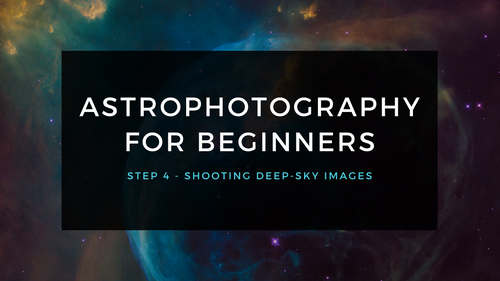
Astrophotographie pour les débutants Étape 4 : Prendre des images du ciel profond
Prendre des photos du ciel profond peut être intimidant, heureusement, il existe un processus simple à suivre pour vous permettre d'obtenir de superbes photos ! Voici le processus typique pour pren...
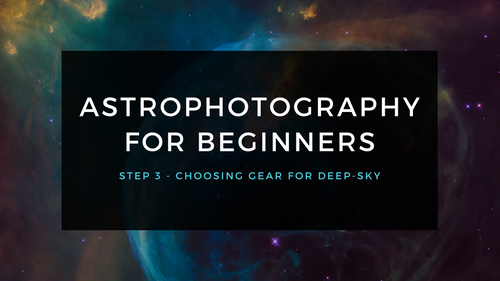
Astrophotographie pour les débutants Étape 3 : Choisir l'équipement pour l'imagerie du ciel profond
L'utilisation d'un capteur d'étoiles vous permet d'acquérir de l'expérience avec les principes fondamentaux de l'imagerie du ciel profond. Tirer sur la Lune vous permet d'acquérir de l'expérience ...
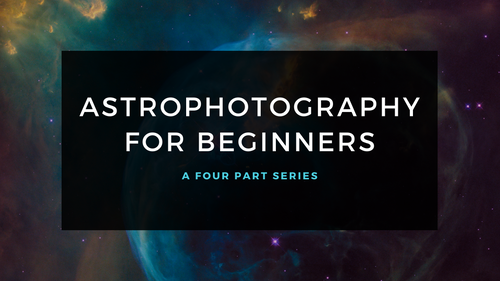
Astrophotographie pour les débutants - Commencer ici : Entrer dans l'astrophotographie étape par étape
Photographier le ciel nocturne n'a jamais été aussi populaire, ni aussi facile. Le choix d'équipement n'a jamais été aussi meilleur, ni plus abordable. Cependant, selon les conseils donnés par Dick...
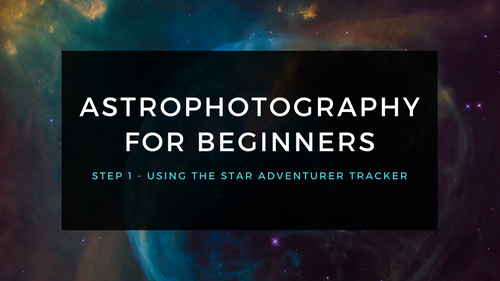
Astrophotographie pour les débutants Étape 1 : Utilisation du Star Adventurer Tracker
Le moyen de loin le plus économique et le plus simple de capturer de belles images de la Voie lactée et de grands objets du ciel profond comme la galaxie d'Andromède (illustré ici) est d'utiliser u...
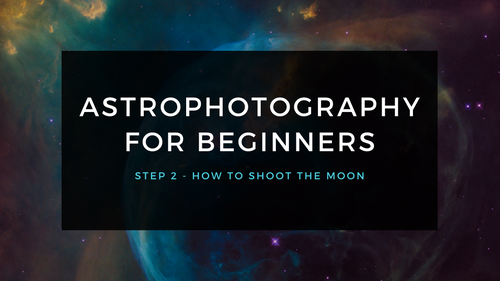
Astrophotographie pour les débutants Étape 2 : Comment photographier la Lune
Les gros plans de la Lune sont gratifiants et constituent un moyen facile d'apprendre à photographier à travers votre télescope. Bien que de bons résultats soient possibles avec un appareil photo d...

